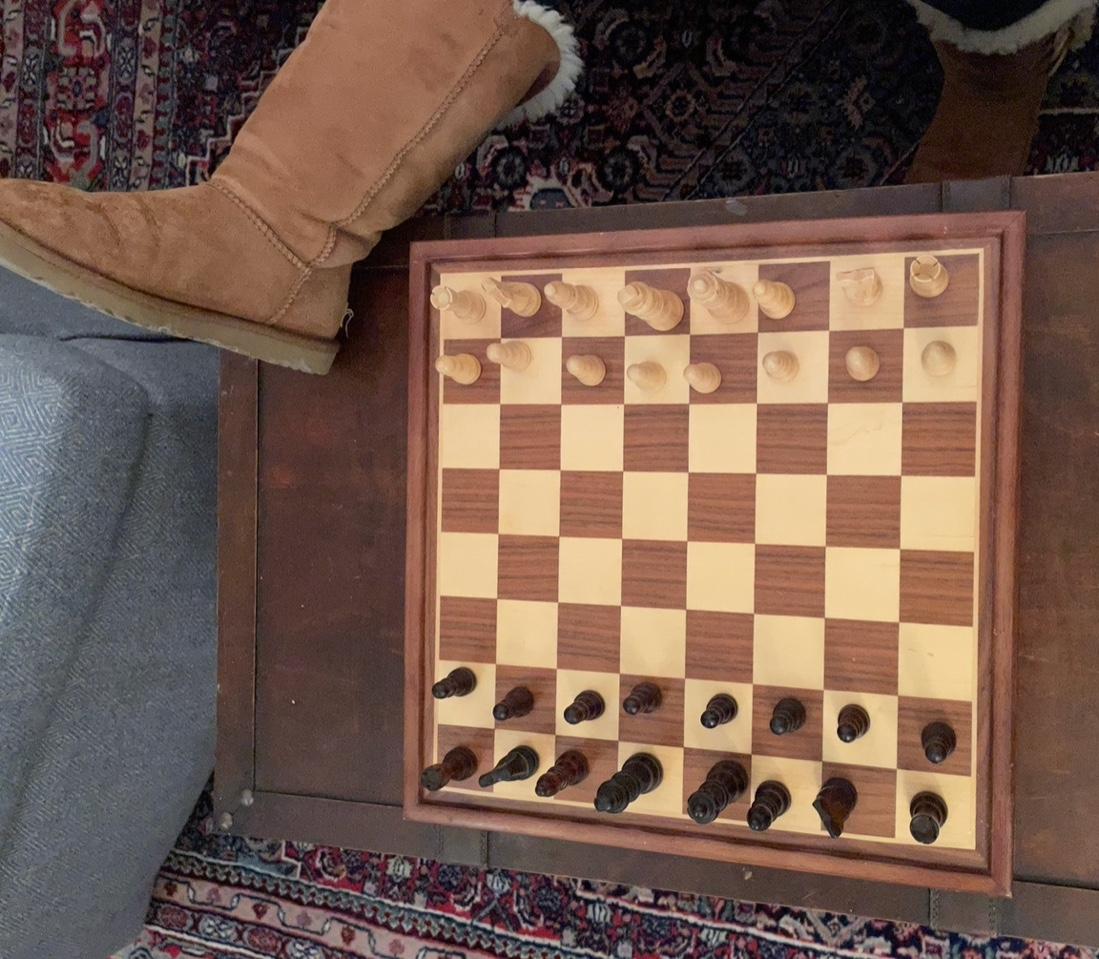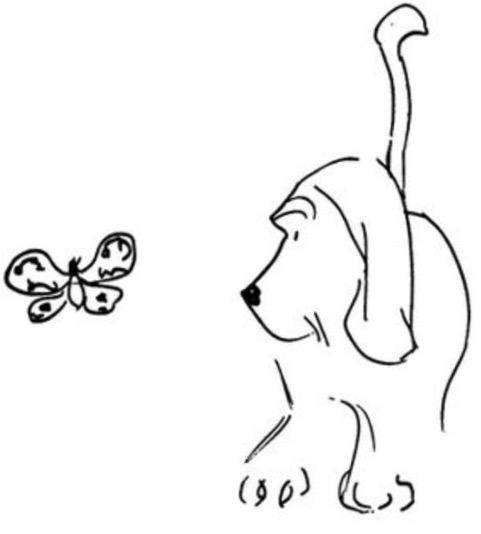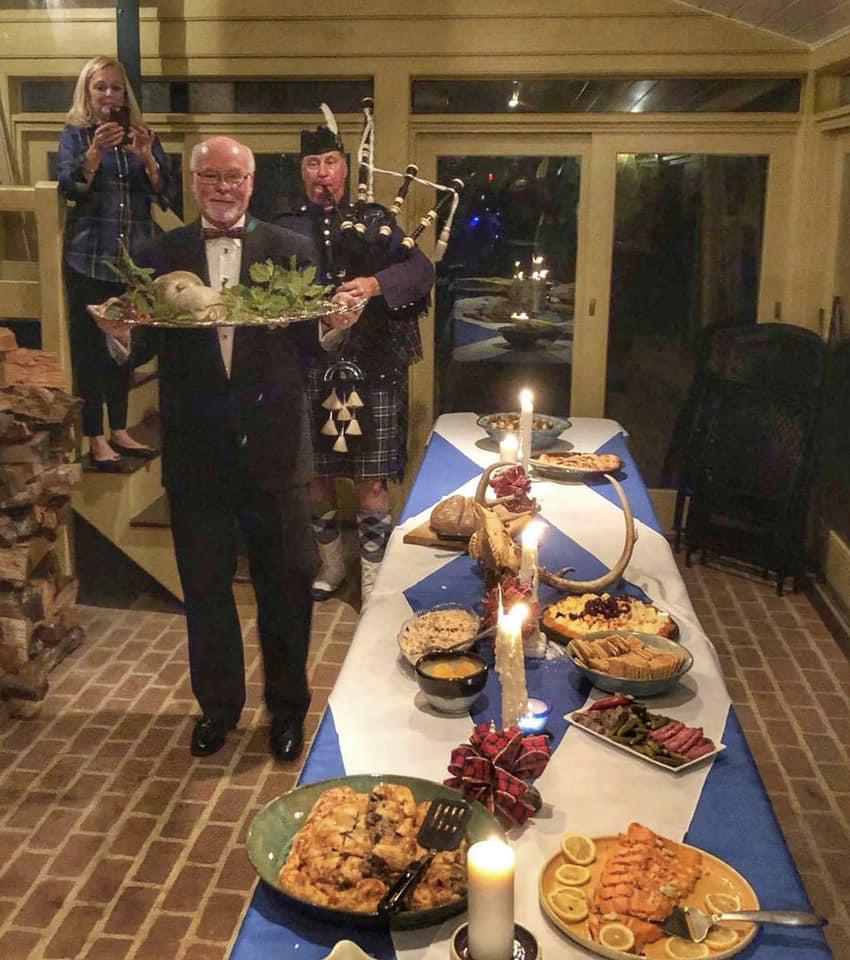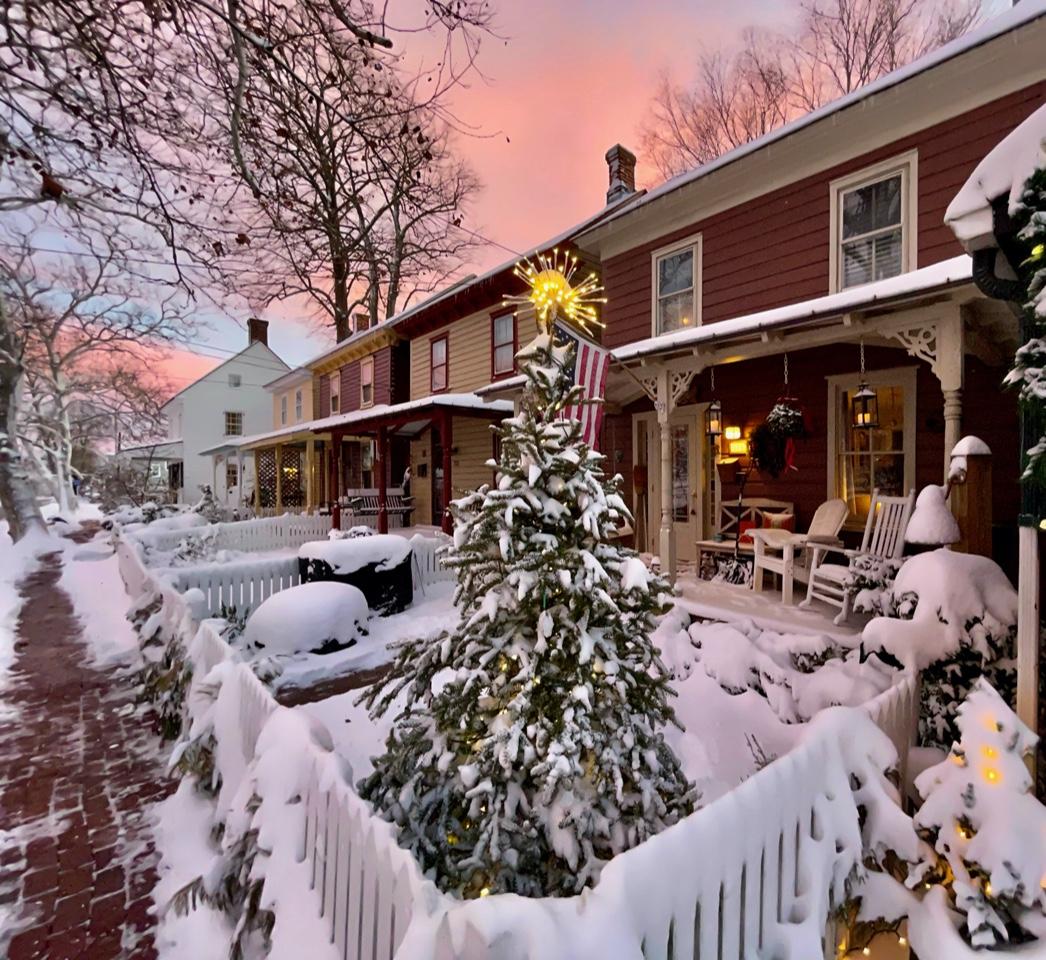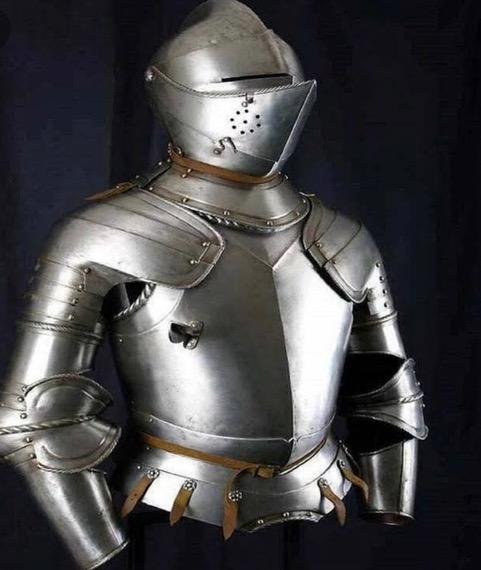I used to play chess, but I’ve lost the habit. Not a great loss; I wasn’t very good anyway. But lately—perhaps because of the pandemic or maybe the waning days of winter—the chess board has magically reappeared on the coffee table, and my wife has been imploring me to teach her to play. I’m not so sure about that; it seems yet another slippery marital slope.
Chess is a mind sport, a game of abstract strategy. There’s no contact in chess, although I suppose there’s always that possibility. There’s also no luck in chess: no fluke of classical mechanics from rolling the die as in backgammon; no drawing of random cards as in gin rummy; not even a wonky cardboard spinner as in Chutes and Ladders. There’s just you and your opponent and all that sinister space between your two minds. Somehow, that doesn’t sound like a savory recipe for enhanced marital bliss to me.
Nevertheless, we probably should find some mutual pursuit to pass our time together. She is a busy little bee who doesn’t know the meaning of “down time.” My idea of action is watching the Golf Channel. She could play backgammon for hours, while I struggle to count to twelve. A deck of cards is just another opportunity for her to drink wine and chat—trust me: she’s a grandmaster of both—while I prefer getting lost in a good book. I guess we’re just mismatched socks, but hey, even mismatched socks can make a pair.
But back to chess. The current form of the game originated in southern Europe during the 15th Century, after evolving from chaturanga, a similar game of much older Indian origin. These days, according to Wikipedia, chess is one of the world’s most popular games, which might explain why the divorce rate is exploding.
There are sixty-four squares on a chess board, arranged in an eight-by-eight grid. There is no hidden information, no wild card, not a whiff of any element of chance. Just you and your opponent’s mind. And time. Chess does require a lot of time, unless you’re playing speed chess which involves two alarm clocks and a lot of slapping. I’ve never played speed chess; I find the permutations of the game intimidating enough, hardly in need of anything so complicated as time thrown into the mix.
But as complicated as chess is, the object of the game is simple: capture your opponent’s king. Kind of like what Comrade Putin is trying to pull off in Ukraine but without the incumbent tragedy. Come to think of it, I wish Putin would have just challenged President Zelensky to a game to settle the score once and for all. I know there are a lot of grandmasters in Russia, but my money would be on Mr. Zelensky. He’s the real deal.
In the last few decades, a lot of very intelligent people have invested countless hours in connecting chess to such human fields of endeavor as mathematics, computer science, even psychology. As far as I’m concerned, that’s time down the drain. I’d be much more in favor of all that brain power being devoted to solving other riddles, like who came first, the chicken or the egg, or why professional athletes are paid infinitely more than nurses or teachers. Don’t get me started!
I’ll be interested to see how long our chess board remains on the coffee table, beckoning but untouched. At some point—probably when the weather turns and we can move life back onto the porch—I bet the board will quietly disappear and the bliss of our union will be safe for another few months. In the meantime, I’ll do my best to avoid capture, unless by “capture,” she means the capture of my heart. Trust me: she’s good at that, too. She’s got a great queen’s gambit.
Checkmate.
I’ll be right back.
Jamie Kirkpatrick is a writer and photographer who lives in Chestertown. His work has appeared in the Washington Post, the Baltimore Sun, the Philadelphia Inquirer, the Pittsburgh Post-Gazette, the Washington College Alumni Magazine, and American Cowboy Magazine. Two collections of his essays (“Musing Right Along” and “I’ll Be Right Back”) are available on Amazon. Jamie’s website is www.musingjamie.com


